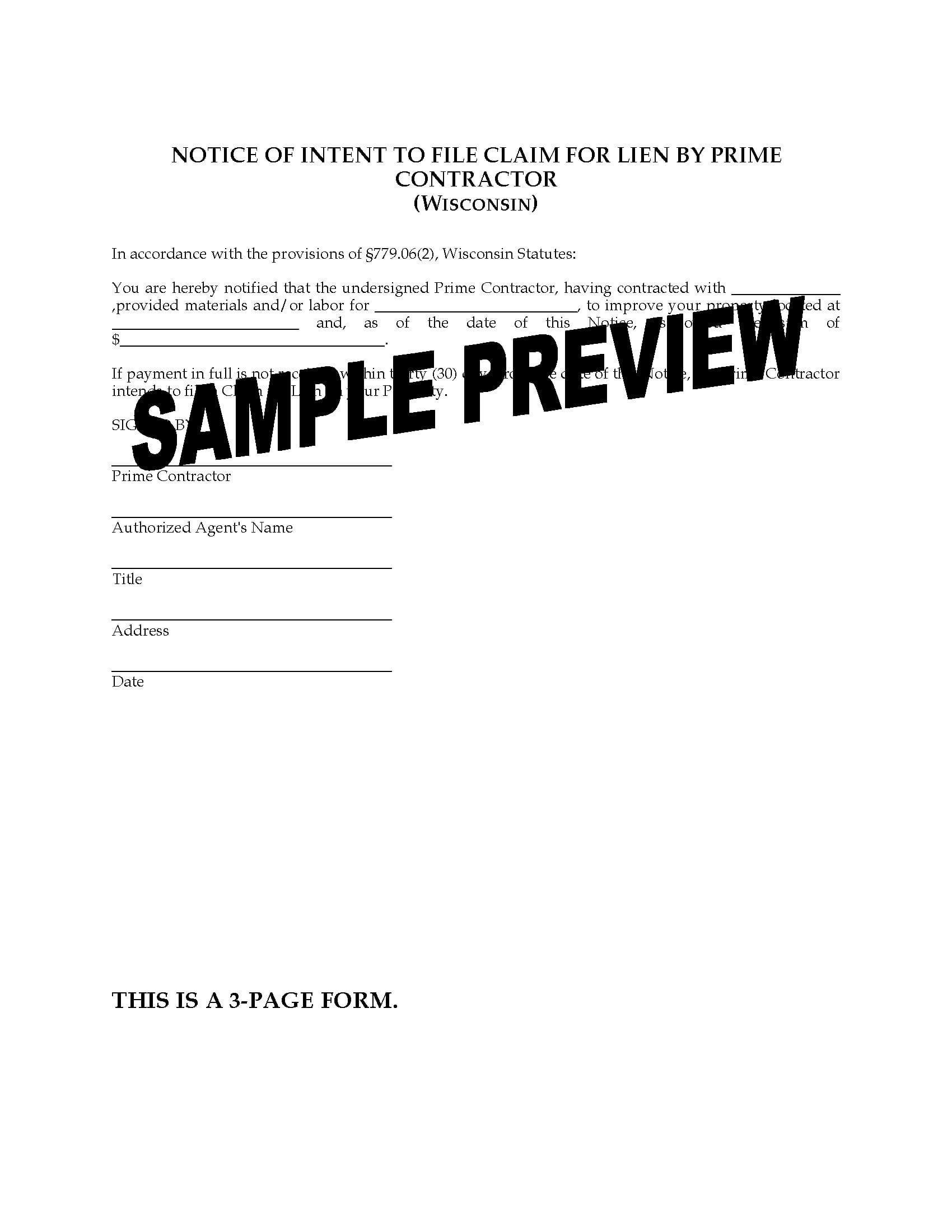In the intricate world of maritime commerce, ensuring payment for services rendered or goods provided is crucial. When debts arise, a powerful tool known as a “vessel lien” can be employed. Before resorting to such measures, sending a Notice of Intent to File a Vessel Lien serves as a strategic first step, often leading to amicable resolution and helping to avoid costly legal battles. This comprehensive guide will navigate you through the intricacies of vessel liens, empowering you with the knowledge to protect your maritime interests.
Understanding Vessel Liens and Notices of Intent
What is a Vessel Lien?
A vessel lien is not merely a maritime term; it’s a legal claim against a vessel, granting the lienholder the right to potentially seize and sell the vessel to satisfy unpaid debts related to its operation, repair, or maintenance. This can include a range of situations, such as:
- Unpaid Repairs or Maintenance: Shipyards, mechanics, and other service providers can file liens for unpaid work performed on a vessel.
- Unpaid Crew Wages: Crew members, the lifeblood of any vessel, hold a maritime lien for unpaid wages and benefits owed.
- Breach of Charter Agreements: Charter companies or individuals can file liens for unpaid charter fees or damages related to a breach of contract.
- Collision or Damage Claims: In the unfortunate event of a vessel collision or accident, parties who suffer losses may have grounds to file a lien.
What is a Notice of Intent to File a Vessel Lien?
Before slapping a lien on a ship, sending a Notice of Intent to File a Vessel Lien often proves to be a prudent course of action. This document serves as a formal warning to the vessel owner, putting them on notice that if the outstanding debt is not addressed, you intend to file a lien against their vessel. While not always mandatory, this formal notification strengthens your legal standing and demonstrates your commitment to resolving the issue fairly.
When to Use a Notice of Intent to File a Vessel Lien
From unpaid repairs to breached charter agreements, a Notice of Intent serves as a strategic tool in various maritime debts. The key is to recognize when this tool will be most effective. Consider these scenarios:
- Unpaid Invoices: When invoices for services or goods remain unpaid despite reminders, a Notice of Intent can serve as a strong message that you are serious about collecting payment.
- Breach of Contract: If a vessel owner fails to fulfill their contractual obligations, such as failing to pay charter fees or deviating from agreed-upon routes, a Notice of Intent can initiate the process of seeking legal recourse.
- Failure to Communicate: If the vessel owner is unresponsive to communication attempts or is actively avoiding payment, a Notice of Intent demonstrates your intent to pursue legal action if necessary.
Crafting a Strong and Effective Notice of Intent
Navigating the complexities of maritime law requires precision. To maximize the effectiveness of your Notice of Intent, ensure it includes these essential elements:
- Clear Identification: Begin by clearly identifying the vessel in question, including its name and official number. Equally important is accurately identifying the vessel’s owner. Ambiguity can weaken your claim.
- Basis for the Lien: Provide a detailed and well-documented account of the services rendered or goods provided that form the basis for the unpaid debt. This should include specific dates, copies of invoices, and any supporting documentation, such as contracts or agreements.
- Amount Due: Clearly state the precise amount owed, leaving no room for misinterpretation. Include any applicable interest or late fees that have accrued.
- Demand for Payment: Explicitly demand payment of the outstanding amount. A firm but reasonable timeframe for payment should be stipulated within the notice.
- Consequences of Non-Payment: Inform the vessel owner of the consequences of failing to settle the debt within the given timeframe. Clearly state that continued non-payment will result in the filing of a vessel lien against the specified vessel.
Serving the Notice of Intent
Serving the Notice of Intent is not merely sending an email. To ensure its legal validity, follow these steps:
- Consult with a Maritime Law Expert: Before drafting your notice, it is highly advisable to consult with a maritime law attorney. They can guide you on specific jurisdictional requirements and ensure your notice adheres to all legal standards.
- Method of Service: The Notice of Intent should be formally served to the vessel owner. This generally involves methods such as certified mail with return receipt requested or personal service by a process server.
- Document Retention: Keep meticulous records of the entire process. Retain copies of the served notice, all related documentation, and any return receipts or proof of service. These records will be crucial if legal action becomes necessary.
Enforcing a Vessel Lien Through Legal Channels
In situations where the Notice of Intent does not yield the desired results, enforcing a vessel lien becomes necessary. Here’s a step-by-step breakdown of the legal process:
- Filing a Complaint: The lienholder must file a complaint in federal court outlining the basis for the lien and the amount owed. This complaint specifically names the vessel itself as the defendant.
- Obtaining a Warrant of Arrest: Upon reviewing the complaint, the court may issue a warrant for the arrest of the vessel. This empowers the U.S. Marshal to seize the vessel, preventing it from leaving port until the matter is resolved.
- Public Notice: Once the vessel is seized, public notice of the arrest is made. This allows any other potential lienholders or interested parties to come forward and make their claims known.
- Judicial Sale: If the lienholder’s claim is successful in court, the court may order the vessel to be sold at auction. The proceeds from the sale are then used to settle the lien and any other valid maritime claims, following a specific order of priority as determined by maritime law.
Alternative Dispute Resolution
Litigation can be a time-consuming and expensive process. Exploring alternative dispute resolution (ADR) methods can offer a more efficient path to resolving your maritime claims.
- Mediation: This involves a neutral third party who facilitates communication and negotiation between the parties, assisting them in reaching a mutually agreeable settlement.
- Arbitration: In arbitration, a neutral third party hears evidence and arguments from both sides and renders a binding decision to resolve the dispute.
Prevention is Key
While the Notice of Intent to File a Vessel Lien is a powerful tool, preventing non-payment in the first place is always the best course of action. Consider these preventive measures:
- Due Diligence on Clients: Before conducting business, conduct thorough due diligence on potential clients. Check their creditworthiness, reputation in the industry, and payment history.
- Strong Contracts: Utilize well-drafted contracts with clear payment terms, deadlines, and consequences for non-payment.
- Progress Billing: Consider implementing progress billing, especially for larger projects. This involves invoicing for completed stages of the work, ensuring a steady cash flow and reducing the risk of non-payment for the entire project upon completion.
Conclusion
In the dynamic realm of maritime commerce, protecting your financial interests is paramount. Sending a Notice of Intent to File a Vessel Lien serves as a strategic maneuver, encouraging prompt payment and providing a clear pathway for legal recourse if necessary. Remember, consulting with an experienced maritime law attorney is essential to ensure you are following the correct procedures for your jurisdiction and maximizing your chances of success. By understanding the intricacies of vessel liens and implementing preventative measures, you can navigate the complexities of maritime business with confidence.
















